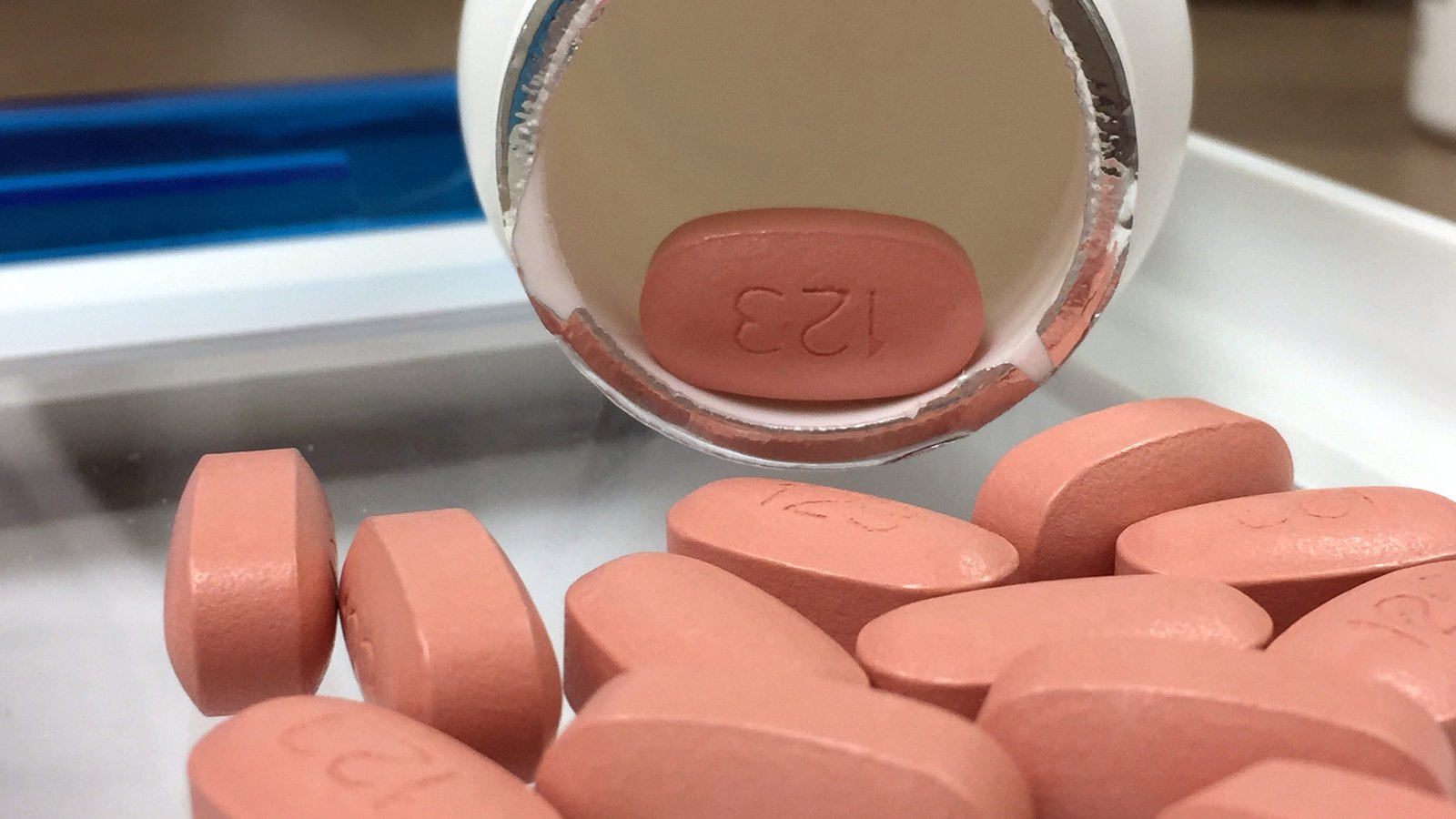If someone tests positive for HIV, the best time to start treatment is immediately — no need to wait for symptoms. This approach is called Test and Treat, and it’s the standard in Uganda and worldwide.
Why start early?
Because HIV weakens the body silently, even before you feel sick. Starting antiretroviral therapy (ART) early:
- Gives your immune system time to heal
- Reduces the risk of falling sick or dying
- Makes it nearly impossible to transmit HIV to others
- Helps children grow better and stay in school
- Improves your peace of mind and quality of life
Even if your CD4 count (a blood test to measure immunity) is still high, starting treatment early protects your health. And if your CD4 is low or you’re feeling unwell, treatment becomes even more urgent.
You can ask your own question to a licensed healthcare provider here for free. It may take up to 7 days to get an answer. If you want a consultation in minutes, book now with Hope+ our premium and best health consultation service in Uganda.
What HIV medicines are available in Uganda?
HIV medicines are grouped into six types (called “classes”). Each class works in a different way to stop HIV from multiplying. Most people take a combination of 3 medicines from 2 or more classes. This is what’s called combination therapy or HAART.
Here’s a quick guide to the different types:
1. Nucleoside Reverse Transcriptase Inhibitors (NRTIs)
These block the building of new HIV inside the body’s cells. They are the backbone of most HIV regimens.
Examples:
- Tenofovir (TDF)
- Zidovudine (AZT)
- Lamivudine (3TC)
- Abacavir (ABC)
2. Non-Nucleoside Reverse Transcriptase Inhibitors (NNRTIs)
These attach themselves to the HIV enzyme called reverse transcriptase, stopping it from copying the virus.
Examples:
- Efavirenz (EFV)
- Nevirapine (NVP)
- Etravirine (ETV)
3. Integrase Inhibitors
These stop the HIV DNA from entering your body’s DNA, making it harder for the virus to spread.
Examples:
- Dolutegravir (DTG) — most common in Uganda
- Raltegravir (RAL)
4. Protease Inhibitors (PIs)
These stop HIV from putting itself together properly inside cells, so it can’t spread.
Examples:
- Atazanavir (ATV)
- Lopinavir (LPV)
- Darunavir (DRV)
- Ritonavir (RTV) — often used in small doses to boost other PIs
5. Entry Inhibitors (Fusion Inhibitors)
These prevent HIV from entering the CD4 cells (immune cells), which are the virus’s main target.
Example:
- Enfuvirtide (T-20)
6. CCR5 Antagonists
These block a door on CD4 cells (called CCR5) that HIV uses to enter. They only work on some types of HIV.
Example:
- Maraviroc
What about children with HIV?
Children with HIV need even more urgent care. Without treatment, many infants don’t live beyond 1 or 2 years. That’s why HIV-positive babies should be started on ART as soon as possible, ideally within the first 12 weeks of life.
- Most HIV in children comes from mother-to-child transmission
- Medicines must be adjusted as the child grows
- Parents or caretakers need to be prepared and supported
- Regular follow-ups and weight checks are vital
Final message:
HIV is no longer a death sentence. With the right medicines, started early and taken consistently, people living with HIV can live long, healthy, and full lives.
Uganda offers free ART at government hospitals and many health centres. If you or someone you know is HIV-positive, don’t wait — ask a healthcare provider about starting treatment today.


